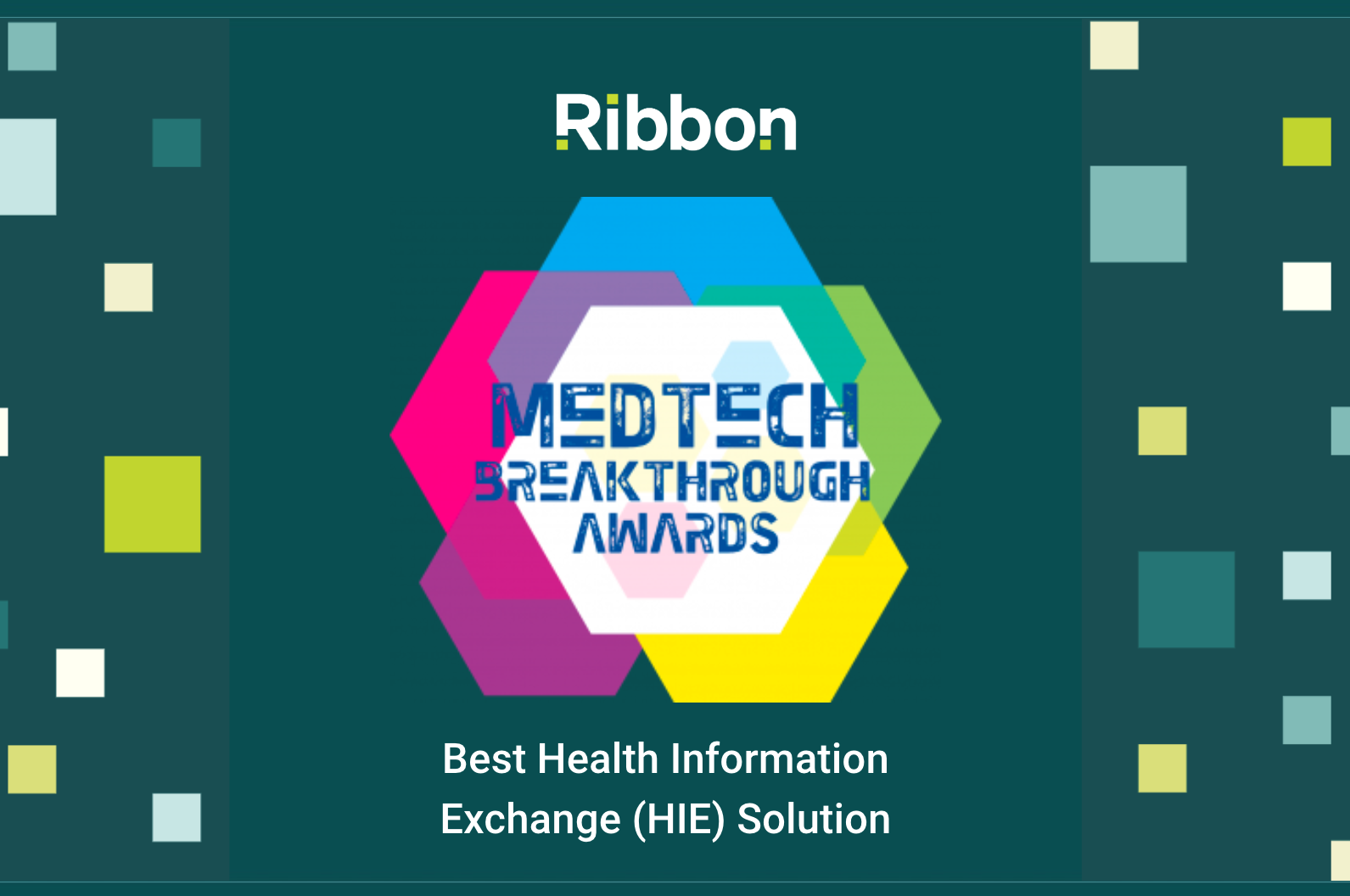Ribbon Health’s response to the ONC “2024-2030 Federal Health IT Strategic Plan”

No one company or organization will single-handedly solve the complex challenges that permeate our healthcare system today. Improving healthcare in the U.S. will require a strong partnership between public and private sectors and involve many stakeholders across government organizations, technology companies, health plans, providers, patient organizations, and more.
To that end, Ribbon Health is eager to contribute to the public discussion on the “2024-2030 Federal Health IT Strategic Plan” released by the Office of the National Coordinator for Health Information Technology (ONC). We commend the ONC's commitment to using technology to enhance healthcare delivery and empower individuals with secure access to their electronic health information (EHI). However, while promoting better patient access to EHI is an important step in the right direction, we also need to address the provider data problem in order to achieve the Strategic Plan's ambitious goals of expanded quality care and reduced health disparities. Accurate and comprehensive provider data is essential for individuals to actually find and receive the appropriate care that they need. Yet, inaccuracies in provider directories remain a significant barrier.
Our response (below) to the ONC's solicitation for public comment explores this further, and we offer ourselves as a resource and partner to the ONC in using technology and AI to improve access to affordable and high-quality care.
–
RE: Office of the National Coordinator for Health Information Technology: 2024- 2030 Federal Health IT Strategic Plan
Ribbon Health (Ribbon) appreciates the opportunity to provide input on the draft for public comment entitled: “2024-2030 Federal Health IT Strategic Plan” (the Strategic Plan) which was published by the Office of the National Coordinator for Health Information Technology (ONC) in March 2024.
We commend the ONC’s efforts to further leverage technology to enhance the delivery and experience of healthcare (p. 1). Moreover, we agree that strengthening individuals’ ability to securely access and leverage their own accurate electronic health information (EHI) is a critical step to giving them more autonomy and control to make informed, data-led care decisions (p. 6). Individuals who are empowered with this information will also be better positioned to seek care that meets their social, cultural and linguistic needs.
However, while better access to one’s EHI is a necessary step towards realizing the goals laid out in the Strategic Plan - namely “patients experience expanded access to quality care and reduced or eliminated health disparities” (p. 12) - it does not take us all the way there. It enables individuals to make informed searches for care but is no guarantee that they will find care. To actually receive care, individuals need to be able to find a suitable provider. This should be straightforward. In reality, it is incredibly difficult on account of the dire state of health provider data in the United States. Inaccurate data and poor coverage are endemic. As an example, in the provider directories of five top health plans, 81% of entries were found to be inaccurate. This creates a considerable obstacle to individuals seeking, or closing the loop on, care. Doctors might not be at the address listed, phone numbers might be wrong, or providers who are listed as in- network might in fact be out-of-network. The result: people are literally unable to find the care they need or, when they do, claims might be denied or incorrectly processed on account of network discrepancies. This problem is particularly acute in traditionally underserved communities where individuals may have to take time off work and/or travel great distances to visit a provider, only to discover that the doctor’s address listed in the directory is for a movie theater, or that a doctor who was listed as a Spanish speaker only speaks English. These individuals might not be able to take additional time off work and have to forgo care entirely.
In reviewing the Strategic Plan, we were struck by how the ONC’s goals align almost entirely with those of Ribbon, namely leveraging the power of technology to enable individuals to make informed, cost-effective and high-quality care decisions. At Ribbon we are committed to fixing the problem by drastically improving provider data.
Specifically, our work is focused on (1) our provider data asset which offers our customers a more comprehensive and accurate provider directory than what is currently available in market and (2) partnering with our customers (including national health plans) to manage, automate and augment their provider data workflows, which is referred to as provider data management. In offering the latter service, we have gained considerable experience in automating data workflows and leveraging the power of artificial intelligence. We note these are identified as objectives of the ONC (p. 16), and we would relish the opportunity to share our learnings.
We previously shared some specific recommendations for addressing the provider directory problem in our response to the Centers for Medicare and Medicaid Services (CMS) “Request for Information Regarding a National Directory of Healthcare Providers & Services” (October 2022).
We offer ourselves as a resource and partner to the ONC in thinking through and pursuing what we view as our common goal: unlocking the potential of technology to power every care decision to be accessible, affordable and high quality.
Thank you for the opportunity to provide feedback on the efforts of the ONC. Please do not hesitate to contact us should you have any questions or if we can be of any further assistance.
Read more about our company and culture

Ribbon Health Named 2023 MedTech Breakthrough Award Winner

Fierce Healthcare names Ribbon Health as one of its 2023 “Fierce 15” companies






.png)